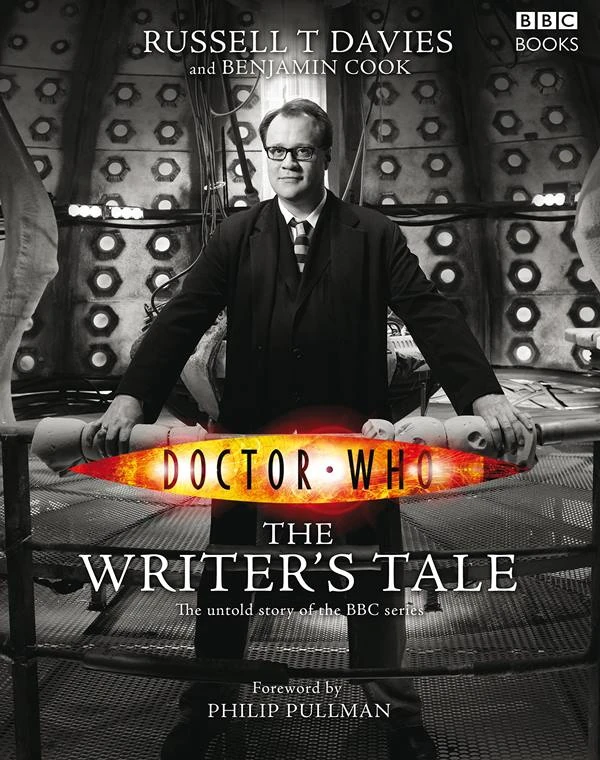Update to entry pending
Normally, I start off these entries saying like "not a review, just some notes to help me remember what I read". In this case, I'm not sure I wish to remember. I'm deliberately leaving out names, so anything negative I have to say won't get associated with them in any web searches. Also, the book contains no copyright information other than the authors retain the rights to their own stories which have not been published elsewhere. I'm assuming this book is from 2019, but there is no way to know.
Update: I just discovered that all of these stories are available to be read online from the foundation that hosted the contest. I guess a link would be helpful.
I was recently at a book reading/book launch party for an anthology that I wanted to participate in. (Maybe I'll write about this some day.) There was a raffle, and I won two books. This was one of them. I figured that it was a skinny collections of short fiction (flash fiction, really) and I could squeeze it in by the end of the year.
It didn't look too promising, to be honest, as it turned out to be a compilation of stories that were the winners of a competition about health care in the future. I didn't recognize any of the names of the authors, and glancing through the full-page bios padding the end of the book didn't help any.
A few stories in, and I couldn't help but wonder if the stories were chosen because of the messages they contained, and not because they were written particularly well. (They are not.) If this was the best of the competition, then there was just about literally no competition.
The theme of the book is "What will healthcare look like in the year 2100"? But it reads like, imagine the worse problems of today (again "imagine" if you want), and multiply them -- not exponentiate them 80 years into the future. But leave everything as it is -- or again, as you imagine it is -- today.
The lead-off story began in the recovery room after a baby had been delivered and taken to the nursery, and we find that the mother is married to another woman and that 90 years from now, this is still a problem with both sets of parents. Okay, let's get to the health care now. The entire plot revolves around an AI doctor's assistant and a bed-ridden doctor (who just gave birth) telling the other a bunch of things that the other already knows. Then there's a sudden complication out of nowhere, and we hear how healthcare still sucks 80 years from now. About the only thing interesting in the story is that the baby, Ava, tests positive for the Sickle Cell gene, which the black mother knew she carried, but was unaware that the Hispanic mother also carried.
Stop and think about that for a second. The baby inherited a gene from both mothers. Okay, now this is science fiction. That is your starting point -- THAT IS YOUR STORY. How did they edit those genes together? How did they overlook this? How can they fix the baby?
Nope. Instead we get that black mothers are still (in 2100) three times as likely to die in childbirth, even though they are not a minority any more. (And you know something? There's a better story in that sentence than the one we got.) But I'm not going to critique the story I didn't get. This one, however, is terrible.
Follow this with a story that takes place in a climate change dystopia with a main character who is one of the lucky ones, one of the survivors, and who owns firewood made from the last of the redwoods. (The goal is to replant them.) He's also 100 years old, lived through the Health Care Riots, and cured many horrible illnesses, which, once again, insurance companies never pay for.
This is another story which is two characters drinking brandy and talking to each, explaining the previous century. Worse -- do not read if you are tired -- the author switching between first and last names of the two characters so often that a couple of times I forgot which was which. They both sounded the same, after all.
...more to come ... or maybe not ...





























